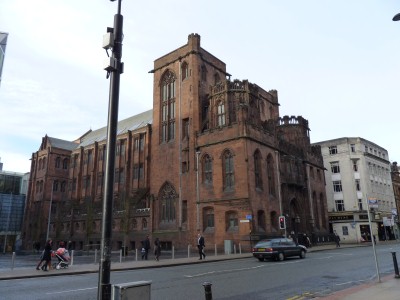
But impossible to photograph.
And it never occurred to me previously that the "gate" in Deanesgate is the same "gate" meaning "street" that we will encounter in lots of north of England places.
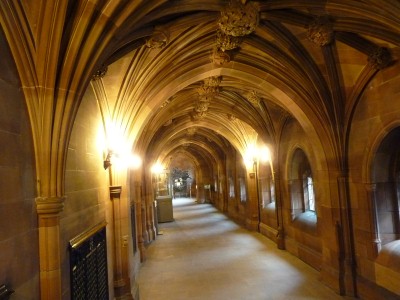
Corridors and rooms full of books.
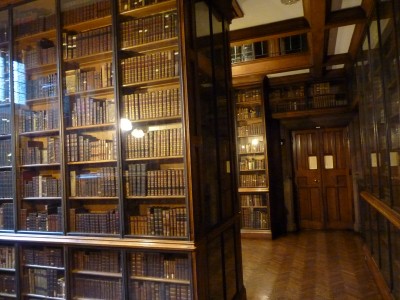
An important collection. Just a hint is in the presence of the Jodrell Bank Archive added to original works of Copernicus, Gallileo and Kepler.
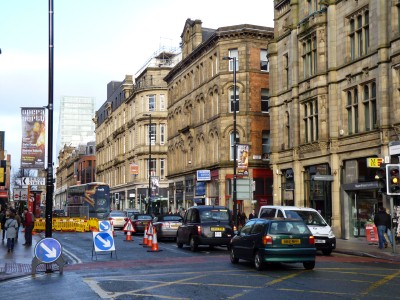

This is a working replica of "Baby". The first stored programme computer (made in Manchester of course).
As well as this we were reminded of Dalton (atomic weights and precursor to the periodic table of elements) who taught Joule (of energy fame). There were many more, including Whitworth of thread fame.
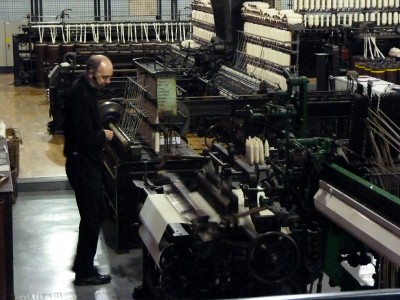
Even Invercargill (NZ) has a department store with a Manchester and Haberdashery department. Indians (in India) make Manchester.
Most of the industrialisation of spinning and weaving occurred in the Manchester area.
The museum has a collection of working machines covering the complete process. This loom is operating as we watch.
There's something about the mechanical rhythms. I could watch and listen all day.
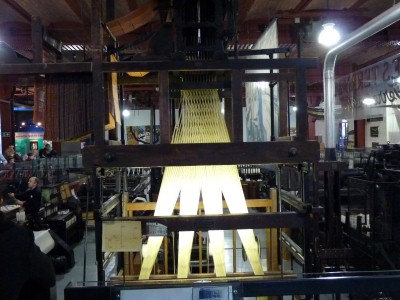
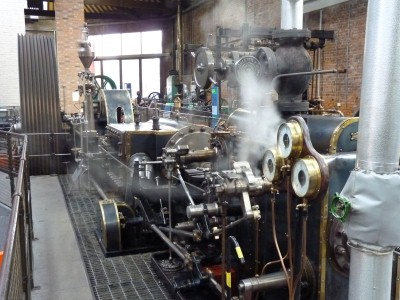
Diesel engines just don't quite make as interesting noises or have the hypnotism of exposed moving parts.
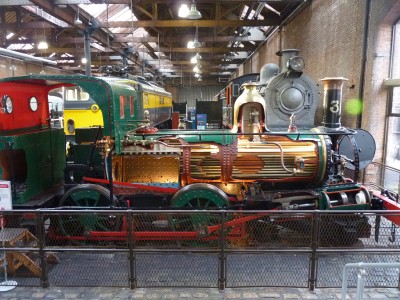
Loco No 3, The Pender, from the Isle of Man Railway. Built in 1873, a Beyer Peacock.
It mostly ran from Douglas to Peel but bigger tanks later allowed it to run from Douglas to Port Erin where I saw it.
I briefly drove a sister engine in my teens thanks to Mr Buttle the engine driver.
It seems odd that the things of my youth are appearing in museums..
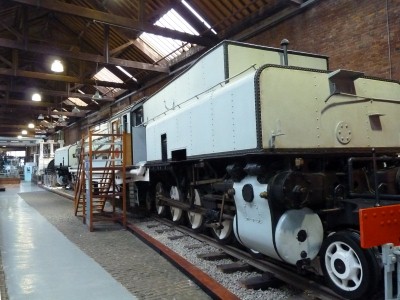
A Beyer Garratt articulated locomotive. This one built for South African Railways.
I saw one working in 1975 at Victoria Falls in Southern Rhodesia (now Zimbabwe). All 200 tons of it.
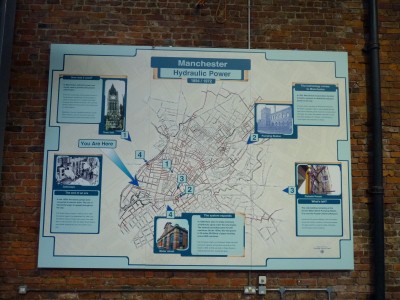
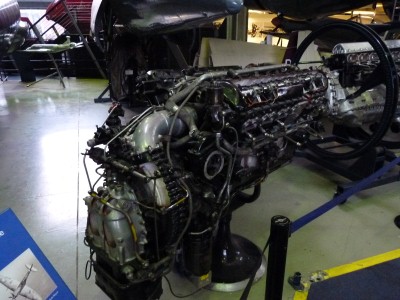
A Rolls Royce Merlin 4J engine from a Mark V Spitfire.
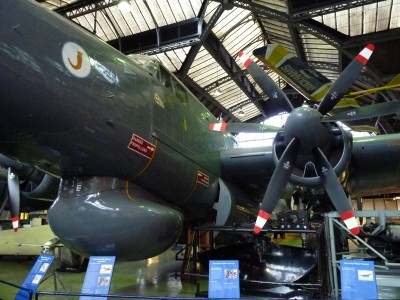
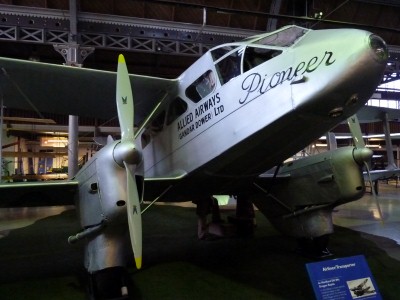
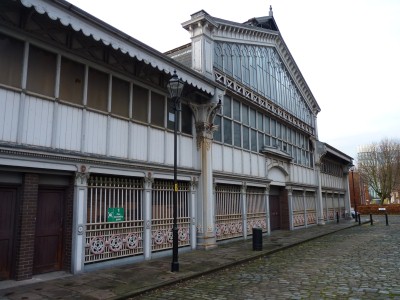
I wouldn't be surprised if I hadn't walked through it when younger, when it was still a market.
A very distinctive sort of building.
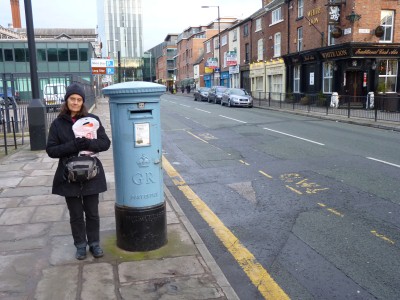
Not seen often! Specially for air mail.
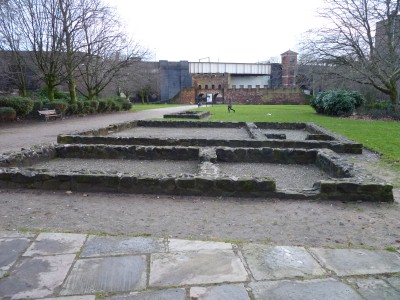
These are excavations of the Roman fortification and town.
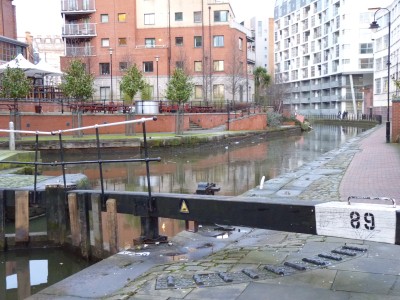
After a bit of renovation the canal system and locks seem to be in working order again.
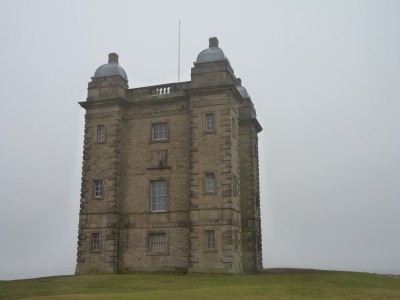
Who knows? We are in Lyme Park, on the edge of the Pennines west of Manchester.
Possibly a shooting lodge!
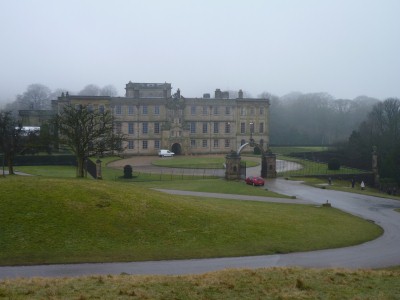
Like many such buildings its fallen into the hands of the National Trust.
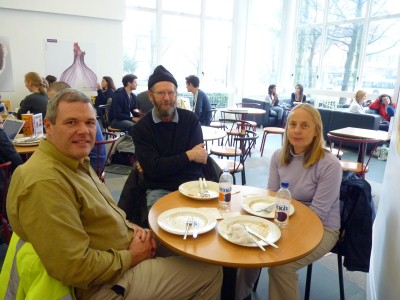
Student food has changed a bit.
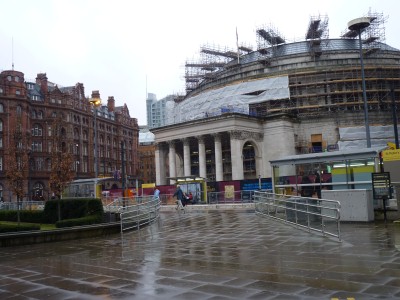
A happy memory of performing a patent search many years ago. They had (have) a complete set of British Patents.
These days of course the 3 days I spent could be completed in about a half hour through the internet.
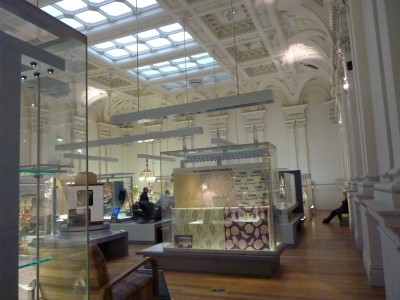
It also has the Athenaeum room, built as part of a club, now used to hold collections.
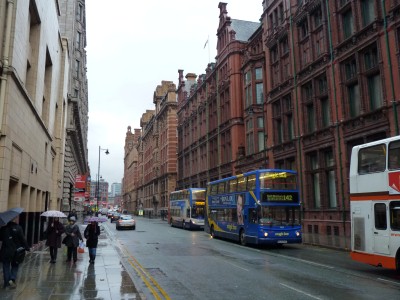
Difficult to describe Manchester as a tourist attraction but there's plenty to have kept our interest.
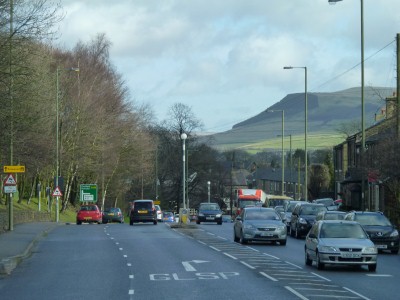

At last, after battling a traffic jam. A motorway stub that ended at a roundabout, followed by some roadworks at the narrow point in a village.
The natives aren't too amused - signs about "if you are stuck in the jam...." ironically followed by "speed traps in operation".
The red brick gave way to sandy coloured brick, eventually back to stone.
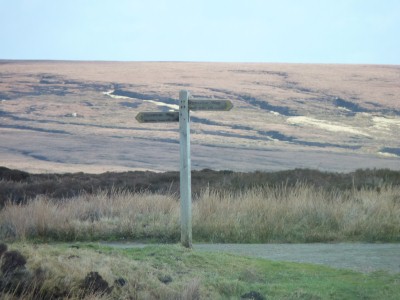
Just being nostalgic. This is where the Pennine Way crosses the road.
Just as bleak and windswept as ever.
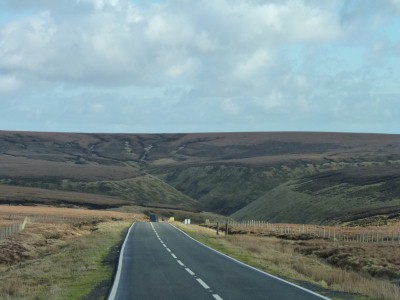

For houses and for walls.
We are somewhere south of Sheffield, looking for the motorway we've somehow lost.